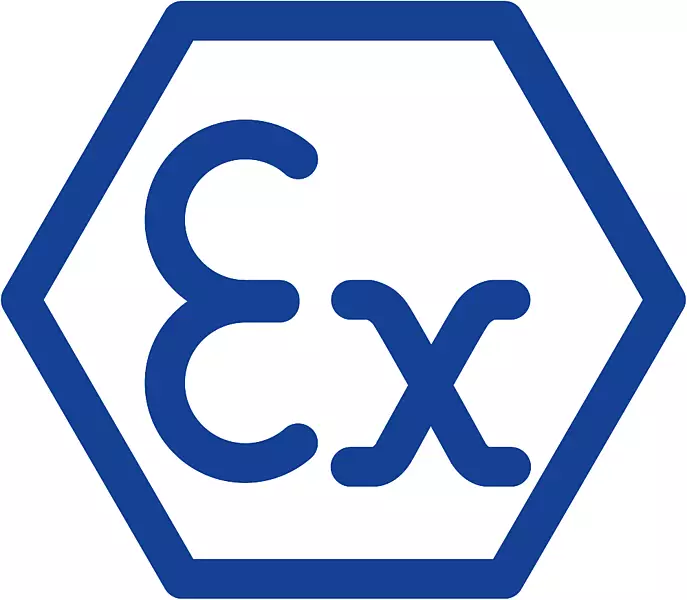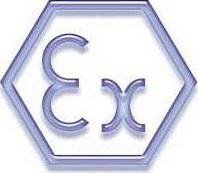Dangerous substances and explosive atmospheres_en
DownloadDangerous Substances and Explosive Atmospheres Regulations 2002 Approved Code of Practice and guidance
Directive 1999/92/CE_en
DownloadDirective 1999/92/CE (ATEX "User" or "ATEX 137"): Entered into force on July 1, 2003
Directive 2006 42 EC_en
DownloadDirective 2006/42/EC of the European Parliament and of the Council of 17 May 2006 on machinery, and amending Directive 95/16/EC (recast)
Directive 2014/34/UE_en
DownloadDirective 2014/34/UE (ex ATEX "Product" or "ATEX 95" - 94/9/CE): This directive replaced the previous 94/9/CE starting from April 20, 2016


